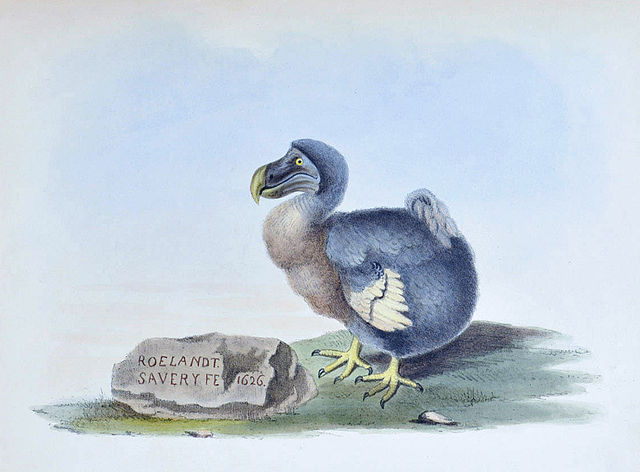On September 14
th 1853, whilst inspecting the geology of a railway cutting near Retford, Nottinghamshire, the pioneering East Yorkshire naturalist
Hugh Edwin Strickland was hit and killed by a train. He was on his way from Hull back to
Oxford University, having attended the first annual meeting of the
British Science Association ever to be held in East Yorkshire, and was just 42 years old.
On #FossilFriday, September 14
th 2018, exactly 165 years to the day that Hugh Strickland was so tragically killed, the universities of
Hull and
Oxford will begin a weekend of activities commemorating Strickland's geological contributions, as part of the
Yorkshire Fossil Festival. The festival itself is within the entirely free
Hull Science Festival, being held on the University of Hull campus on Saturday 15th and Sunday 16th, between 10am and 4pm.
Along with many other universities, museums and organizations taking part in the Fossil Festival, you'll find us in the university's Ferens Building (no. 24 on
this campus map). Over on the Hull stand, we'll be uncovering some of our
Lost Fossils - a huge set of palaeontological specimens that have
recently returned to the
Cohen Building thanks to our friends in Oxford - and these include fossil sea shells named after Hugh Strickland.
Stricklandia is a type of
brachiopod from the
early Silurian, around 440 million years ago, and has played a key role in revealing the
ecology of a
lost ocean, hidden in the rocks of the Welsh Borders.
The Oxford team, meanwhile, will be exploring Strickland's work on fossil insects, including Jurassic dragonflies, and linking it into their own
modern research. You'll be able to compare and contrast ancient and living dragonfly wings, to work out how they lived, and make your own dragonfly glider. There will be fossil insects in amber to admire, and - to give things an explosive twist - some samples of volcanic rock from
Vesuvius that Strickland used in his geology lectures. Boom!
 |
| More than a dodo: In 1848, Strickland co-wrote the first scientific book on the poster bird of extinction. |
Hopefully, these fossil festivities will help kick-start some dedicated research into the palaeontological legacy of Strickland's work. Hopefully they will also initiate further explorations of the contributions of
Catherine Jardine, who married Strickland in 1845, and about whose father I have
previously waxed lyrical. Her own artistic and scientific brilliance is beginning to be
recognized, but far more remains to be found out.
Do come along to the Yorkshire Fossil Festival and help us celebrate some of the amazing tales of Stricklandian science!



Comments